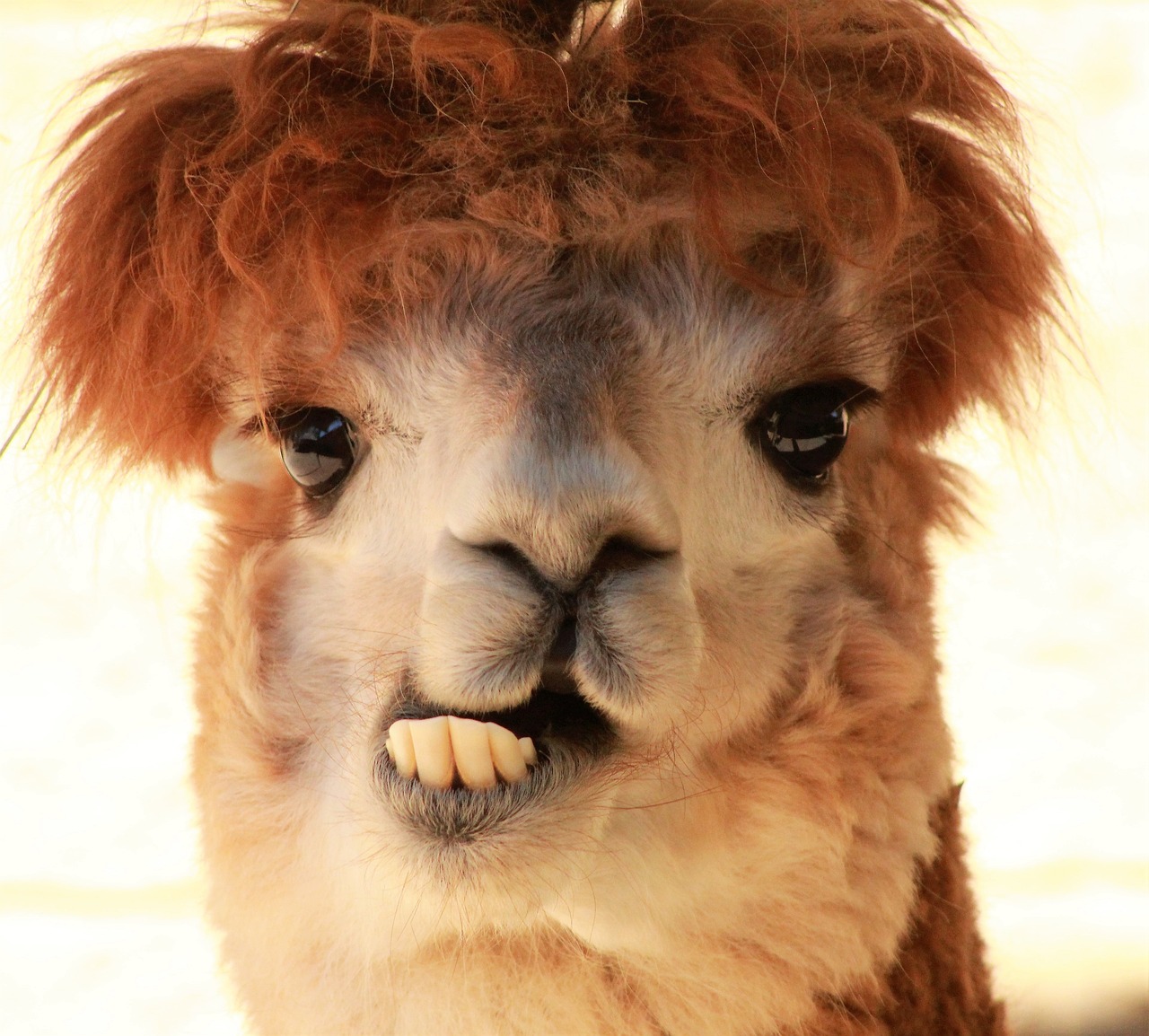Ma’at, the revered goddess of ancient Egypt, embodies the principles of truth, justice, harmony, and balance—concepts collectively known as ma’at. Her worship can be traced back to the Old Kingdom era (2613 – 2181 BCE), although she likely existed in some form prior to that. Ma’at is often visualized as a winged woman, frequently portrayed in profile with an ostrich feather adorning her head, or simply represented by the feather itself. This feather plays a crucial role during the Weighing of the Heart ceremony, which occurs in the afterlife where the deceased’s heart is weighed against it on scales of justice.
Ma’at signifies not only truth but also a fundamental cosmic order, encompassing ideals of balance, law, morality, and harmony. The Egyptians upheld a strong belief in individual responsibility, asserting that life should be lived in consideration of others and the environment. Just as the gods are guardians of humanity, so too must humans care for each other and the world they inhabit. This philosophy pervades every aspect of Egyptian society, influencing city designs and the meticulous balance found in their temples and monuments. Living in accordance with ma’at meant aligning one’s existence with divine will, which ultimately determined one’s fate in the afterlife, specifically during the judgment in the Hall of Truth, also referred to as the Hall of Two Truths.
The prayers and confessions that follow are a reinterpretation from E. A. Wallis Budge’s translation of the Egyptian Book of the Dead, where each confession begins with a salutation to specific divine judges, representing various regions, some of which are situated in the afterlife rather than the earthly realm.
Contemporary Reflections of Ma’at’s Principles
The modern reinterpretation of the 42 Ideals of Ma’at expresses the essence of these ancient beliefs for today’s world. Through a positive confession, we affirm adherence to virtuous living, underscoring the importance of integrity and respect for life.
- I honor virtue.
- I express gratitude and act beneficially.
- I maintain peace within myself and in my interactions.
- I value and respect the possessions of others.
- I recognize the sanctity of all living things.
- I offer genuine contributions.
- I embody truth in my actions.
- I show respect for all sacred spaces.
- I communicate with honesty.
- I consume only what is rightfully mine.
- I share words filled with good intentions.
- I engage with others peacefully.
- I revere animals.
- I am trustworthy and can be relied upon.
- I nurture the earth and its resources.
- I keep my thoughts to myself when necessary.
- I speak positively about others.
- I maintain emotional balance.
- I cultivate trust in relationships.
- I uphold purity and virtue.
- I foster joy and contentment.
- I strive to perform at my best.
- I practice compassionate communication.
- I am open to differing viewpoints and perspectives.
- I create and promote harmony.
- I invoke and share laughter.
- I welcome various forms of love.
- I embrace forgiveness.
- I demonstrate kindness.
- I engage with respect and dignity.
- I accept others as they are.
- I follow my intuition.
- I converse with mindfulness.
- I commit acts of kindness.
- I bestow blessings upon others.
- I ensure the purity of water and resources.
- I communicate with good intent.
- I honor the divine, both Goddess and God.
- I practice humility.
- I pursue success with integrity.
- I advance through my efforts and abilities.
- I embrace unity with all beings.
This modern rendering aims to encapsulate the essence of Ma’at while making its ideals relevant to contemporary life, allowing individuals to aspire to these timeless virtues.



